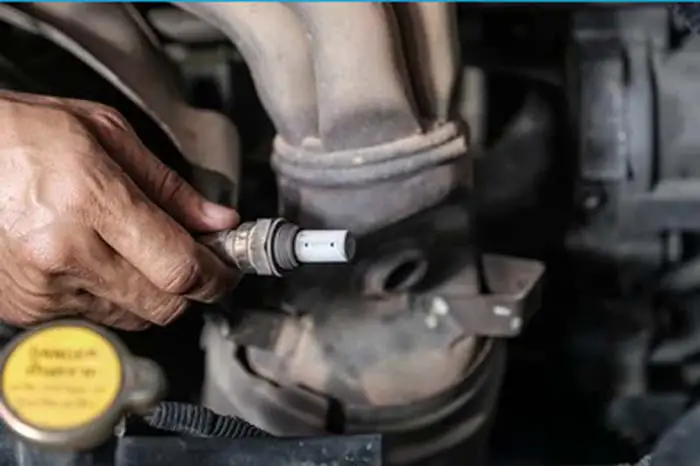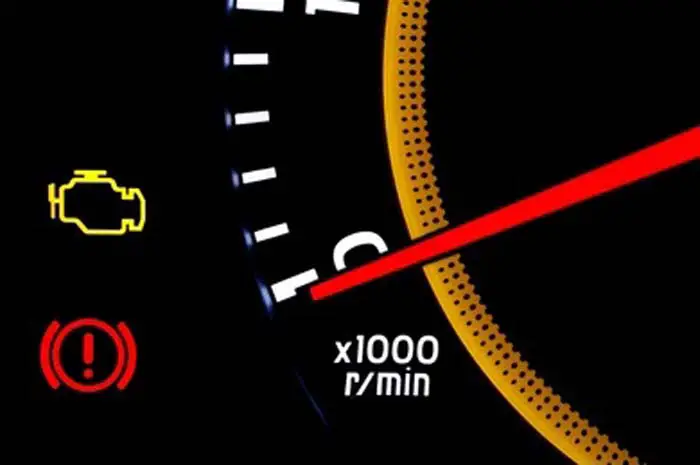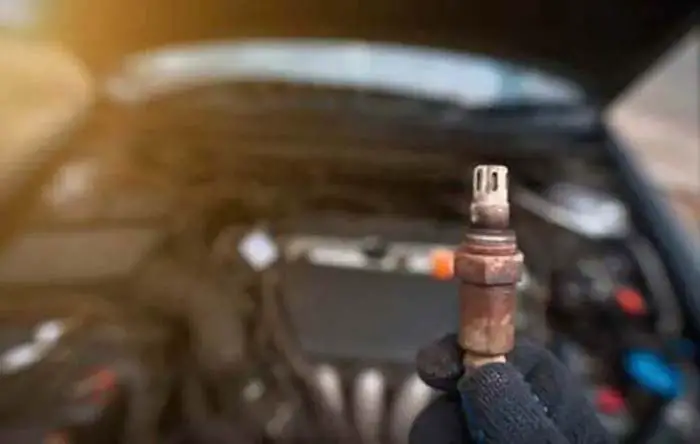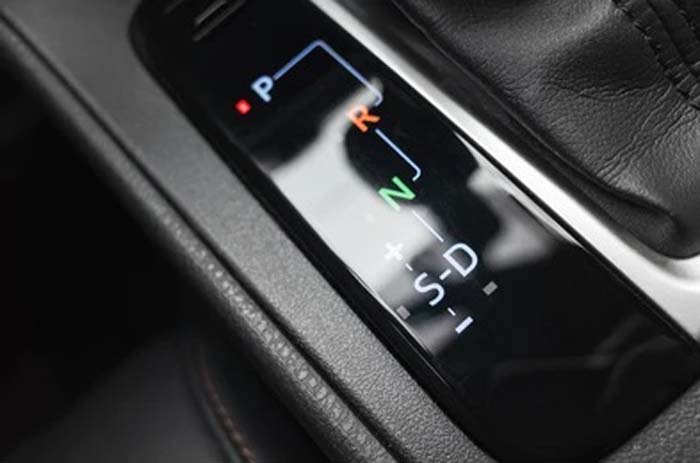
The oxygen sensor is an important part of a car’s emissions control system. The oxygen sensor is a device located in the exhaust system of a car that measures the concentration of oxygen in the exhaust gases. The oxygen sensor produces a voltage that is proportional to the oxygen concentration. If the oxygen level in the exhaust drops below a certain point, the car will activate its “check engine” light. The oxygen sensor is used by the engine control unit to adjust the fuel mixture so that it is optimal for combustion.
Will an oxygen sensor cause bad shifting? The answer to this question is complicated, as there are many factors that can influence a car’s shifter behavior. However, in general, it’s generally believed that an oxygen sensor may cause problems with automatic transmissions due to the way they interact with the sensors. If this is the case, then it would make sense that a bad oxygen sensor would also lead to bad shifting. Learn more about this issue in this article.
Will O2 Sensor Cause Bad Shifting
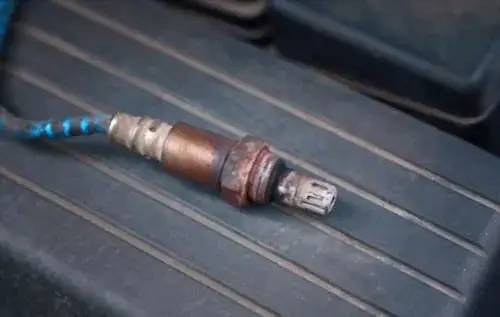
A faulty oxygen sensor will cause the engine to run inefficiently (using more gas than usual) and may affect the engine’s performance. The loss of the oxygen sensor, on the other hand, will not result in the transmission failing or performing poorly. Almost everything that affects the engine’s performance will cause your car to have problems shifting gears. A bad O2 sensor or a dirty mass air flow sensor will also cause the gears to stick when it comes to air.
The gears will also be damaged if the fuel system is overly full or low, or if the fuel filter or fuel injection system is unclean. Furthermore, due to clogged air and fuel filters, the car engine would stall when attempting to accelerate, even generating a popping sound.
Having trouble shifting gears is usually a sign of transmission problems, but there are a few other reasons why this is happening. Almost everything that affects the engine’s performance will cause your car to have problems shifting gears. A blocked catalytic converter makes the engine work harder, making shifting the transmission more difficult.
A vehicle’s speed is measured via the Vehicle Speed Sensor. The automatic transmission may not function properly if it malfunctions or fails to work. This sensor may also force the automatic gearbox to enter failsafe mode, making the problem appear to be more serious than it is.
Overall, a faulty oxygen sensor can result in sluggish and rough driving, as well as stalls, poor fuel economy, and high emissions. If the O2 sensor malfunctions, false readings will be sent to the computer, resulting in incorrect fuel intake and emission systems being addressed by your engine. Any of these issues may cause your transmission control computer to lose the transmission’s shifting points.
Related Post: Can You Drive With O2 Sensor Unplugged – Is It Safe To Drive
Sign Up

